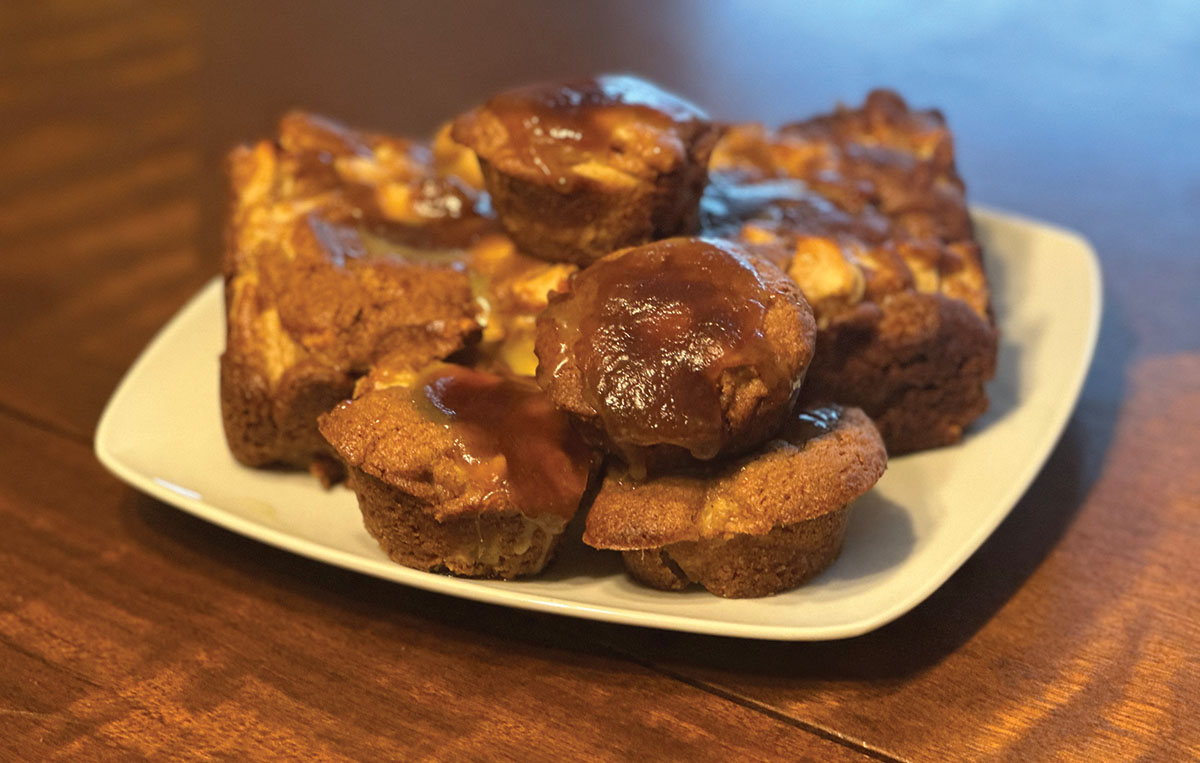
The roots of modern Jewish conservative politics in Los Angeles were planted in the San Fernando Valley suburbs by Arnold L. Steinberg, a perceptive campaign consultant, and the candidate he helped make a star, Bobbi Fiedler.
Steinberg tells the stories of his many campaigns in a new, insightful memoir, “Whiplash.” For those of you who are like me, obsessive followers of political news and history, “Whiplash” is an invaluable journey through conservative Republican politics, especially relevant now with Republicans in control of Congress and the presidency.
Steinberg, whom I have known for years, is more conservative than I am, by far. For example, I found it annoying when he referred to the public schools he’d attended — John Burroughs Middle School and Fairfax High — as “government schools,” making them sound like second-rate detention facilities. Come on, Steinberg! They were good enough to get you into UCLA, then on to a successful career as one of the first consultants to use advanced statistics to shape a political campaign.
To me, the most interesting and significant part of the book is the story of how Fiedler ran for the Los Angeles Unified School District (LAUSD) board in 1977.
Fiedler was a leader of a group of mothers, many of them Jewish, at Lanai Road Elementary School in Encino. A court had ruled that LAUSD was segregated. It ordered the district to be desegregated, which meant that large numbers of students of all races would be bused across town and put together in schools that had been long segregated by neighborhoods. The plan exacerbated Los Angeles’ race problems.
Fiedler organized a group known as Bustop, which fought the court order and became a powerful political force in the city. At the time, I was covering the desegregation story for the Los Angeles Times and got to know Fiedler and some of the other Lanai Road school mothers
Steinberg, then a young political consultant, didn’t see busing as his battle. He was single. “But I had cousins of modest means who wanted their children close to home,” he wrote. “This mandatory busing seemed preposterous.” Steinberg, not limited by a false sense of modesty, said, “I decided in 1977 to take over the Los Angeles school board by electing a majority opposed to forced busing.” That’s when he met Fiedler.
There were Jewish Republicans at the time but not many. A notable one was Taft Schreiber, a power in the entertainment industry who had been close to Ronald Reagan since the former governor and future president’s show business days. Most Jews were liberal and supporters of the African-American mayor, Tom Bradley, and the Westside-San Fernando Valley political operation headed by Howard Berman and Henry Waxman. But the prospect of busing angered liberals. That was clear to me when I interviewed Jewish Bustop activists, who included a substantial number of Democrats.
Steinberg saw Fiedler as a winner for a school board seat. He wrote, “Bobbi, intuitively bright and very strategic, was determined; she managed her husband’s pharmacy business. She did not have Republican roots, and was hardly a movement conservative. Like many of her Jewish contemporaries, she had backed the civil rights movement. But she opposed the forced busing of her two small children.”
With Steinberg and communications chief Paul Clarke, who later married Fiedler, calling the shots, Fiedler won, and the board’s pro-busing majority was beaten. Presiding over the board as president was Roberta Weintraub, another San Fernando Valley anti-busing leader. “We did it,” Weintraub said after the vote.
Fiedler, by then a Republican, went on to defeat a highly favored incumbent Democratic congressman and served three terms in the U.S. House.
Fiedler’s victories did not signal a Jewish conservative tidal wave. Jews continue to vote solidly Democratic in Los Angeles and elsewhere. But what Fiedler and Steinberg had tapped was an undercurrent of discontent with the Jewish establishment, a constant Steinberg theme. He wrote, “I occasionally found myself as the token conservative on an election panel that ranged from the Los Angeles Jewish Federation Council … to the American Israel Public Affairs Committee … [and] at an AJC reception a very wealthy Jewish philanthropist might agree with my sentiments but would ask if I would keep the conversation with him ‘confidential. ’ ”
Steinberg sounds as if he took it personally, as I would have. It was as if the rich man was ashamed to be caught talking to anti-busing advocate Steinberg.
Part of the grass roots’ anger could be traced to its opposition to the school board and its desegregation plan. And part was working-class and middle-class resentment of the establishment leaders who tended to support the plan.
Steinberg’s roots are in the Jewish working class. “During World War II, my father left New York for Los Angeles where he used his savings to buy a small market at the corner of 59th Street and Central Avenue,” Steinberg recalled. “He and my mother worked six full days a week.”
His extended family was similarly situated.
“Generally,” he wrote, “my relatives and their families were not into amusement parks and expensive outings — just a whole large extended family gathering nearly every Sunday in the public park. … These picnics helped me understand how people from modest circumstances can have a sense of community and have fun.”
When Bobbi Fiedler appeared on the scene, her critics, including the Jewish establishment, first tried to dismiss her as an inconsequential Valley housewife and then a bigot. Steinberg saw her as someone who could connect with people like him and his family.
The busing plan collapsed in 1981, killed by an appellate court decision, a unanimous school board vote and persistent opposition by white parents who began pulling their children from public schools.
The impact of the campaign lingers. Echoes of it could be seen in the anti-establishment aspects of President Donald Trump’s election campaign.
“Trump did not stir the expected scare among Jewish voters,” Shmuel Rosner wrote in the Jewish Journal after the election. “The share of the Democratic vote among Jews continues the slow yet steady decline from the early ’90s to today: 80 percent, 78 percent, 79 percent, 74 percent, 74 percent, 70 percent, 70 percent.”
Forty years ago, this would have been considered impossible. Then came Bustop, the empowerment of San Fernando Valley Jewish parents and the rise of conservative Jewish grass-roots political influence.
BILL BOYARSKY is a columnist for the Jewish Journal, Truthdig and L.A. Observed, and the author of “Inventing L.A.: The Chandlers and Their Times” (Angel City Press).


































